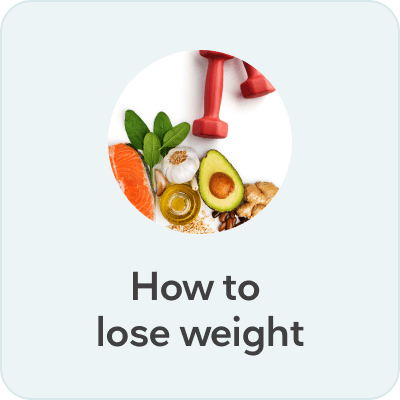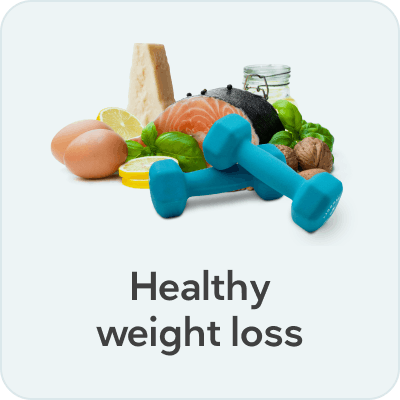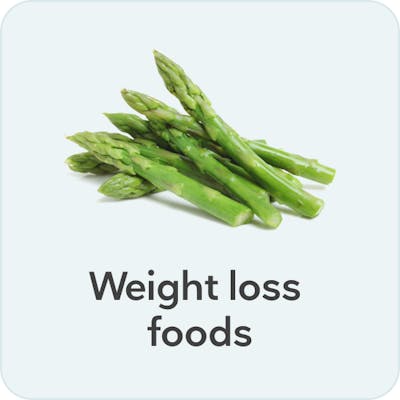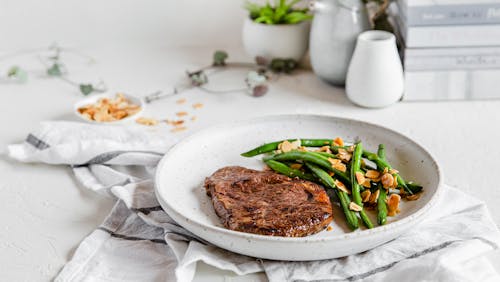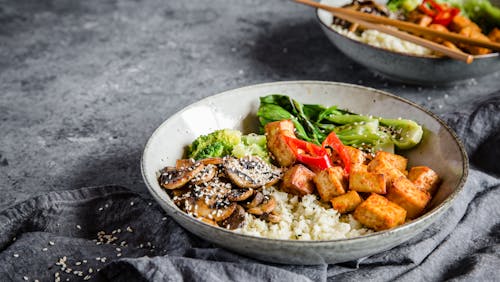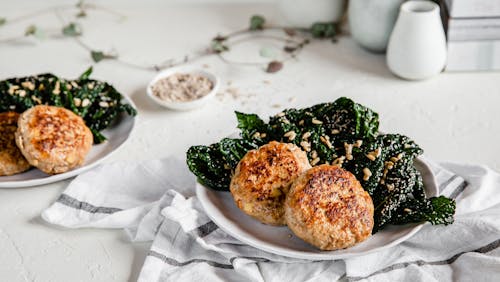The best vegetables for healthy weight loss
Evidence based
Key takeaways
How to choose vegetables that promote weight loss? Focus on vegetables that provide plenty of protein per calorie and fit your dietary approach.Learn moreNon-starchy vegetables are a good fit for all diets Leafy greens, cauliflower, green beans, zucchini, and many other vegetables contain protein and are low in carbs and calories — yet high in vitamins, minerals, and fiber. Find out more
Starchy vegetables are a good fit for some diets Carrots, beets, onions, potatoes, and winter squash provide nutrients and fiber but are higher in carbs than non-starchy vegetables. Tell me more
You’ve likely heard that eating more vegetables is an excellent weight loss strategy. While this can be true, some vegetables may be better than others for losing weight.
The best vegetables for weight loss are the kinds that provide the most protein, nutrients, and fiber for the fewest calories.
Fortunately, you can enjoy a wide variety of vegetables, no matter which dietary approach you follow. Selecting the types that best fit your preferred way of eating – and your health goals – is the key.
In this guide, you’ll learn how to make smart vegetable choices that can help you lose weight in a healthy way. You’ll also get recipes and tips for enhancing the flavors of different vegetables.
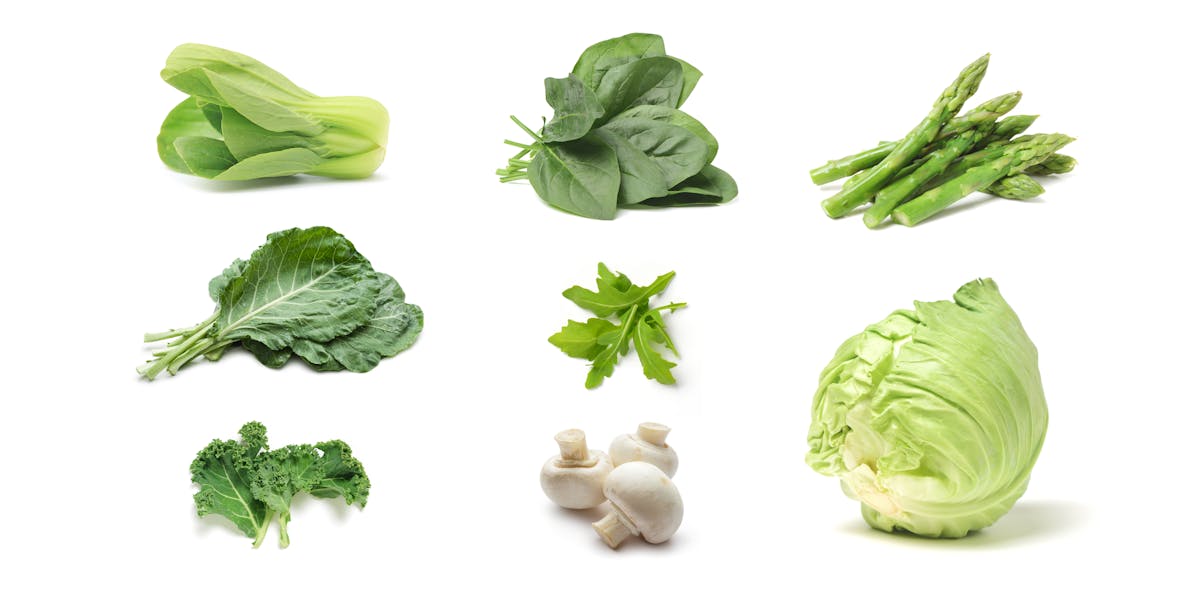

What are the best vegetables for weight loss?
To lose weight and stay healthy, you need to take in less energy (calories) than your body requires in a way that improves your food-related hormone levels, while meeting your needs for essential nutrients like protein, vitamins, and minerals.1 It’s also important to eat in a way that prevents you from getting hungry or feeling deprived.
Here is our list of the top 10 vegetables that can play an important role in healthy weight loss:
Of course, many other vegetables can help you lose weight in a healthy way, too. We’ll provide detailed lists of the different types, so you can see how your favorites rank. But first, let’s explore healthy weight loss foods more generally.
What do healthy weight loss foods have in common?
The best weight loss foods maximize nutrition and satiety — that feeling of being comfortably full and satisfied — while minimizing calories.
Some of the common threads among these foods include:
- High protein percentage: Protein is an essential nutrient you need to consume every day to stay healthy. 2 Plus, strong evidence confirms that getting plenty of protein can help you feel full, lose body fat, and prevent muscle loss.3
When choosing vegetables, go for those with high protein percentages. A food’s protein percentage tells you how much of its calories come from protein rather than fat and carbs.4
However, even if you select vegetables with high protein percentages, you’ll only get a few grams of protein – at most – in a generous serving. Additionally, vegetables are low in at least one of the essential amino acids that your body requires daily. 5
So, although vegetables can be excellent additions to a weight loss diet, you can’t rely on them alone to meet your protein needs. For healthy, sustainable weight loss, eat vegetables along with higher protein foods, such as meat, seafood, and eggs, dairy products, and plant-based proteins, such as soy and legumes (depending on your carbohydrate intake level).
-
Low energy density: “Energy density” refers to the calories (or energy) in a specific weight of food. It is typically expressed as the number of calories per gram of food (calories/gram). The lower the number, the fewer calories a given amount of food contains.
In trials, people often end up taking in fewer calories overall when they mainly eat foods with low energy densities compared to foods with high energy densities.6 Foods with the lowest energy densities contain a lot of water, fiber, or both. This is because water provides zero calories per gram and fiber is estimated to provide less than 1 calorie per gram.7 Protein and carbs provide 4 calories per gram, while fat provides 9 calories per gram.
All vegetables have very low energy densities (less than 1 calorie per gram) because they’re high in water and low in fat. They also provide fiber, which may be beneficial for weight loss, as discussed below.
- High in fiber: Fiber, or roughage, is the non-digestible portion of carbs found in plants. Studies suggest that fiber can help people feel full, eat less, and absorb slightly fewer calories from mixed meals.8
However, the people who participated in these trials were eating higher carb diets. So, if you are eating a keto or low-carb diet, it’s possible that some of the potential benefits of fiber may not apply to you. On the other hand, since fiber is bulky and stretches the stomach, it may provide you with short-term satiety, no matter which dietary approach you follow.
All vegetables contain some fiber, although amounts vary among different types. Most vegetables provide between 1 to 4 grams of fiber per serving.
Choose vegetables that fit your diet and health goals
Fortunately, you can enjoy dozens of vegetables freely, regardless of the type of diet you eat. The other good news is that strong scientific support exists for many healthy weight loss approaches.
For example, keto and low-carb diets, which include greens and many other low-carb vegetables, can be highly effective for losing weight.9
Mediterranean diets feature all types of vegetables and have been credited with helping people lose weight.10 Another effective weight loss strategy is eating a low-carb Mediterranean diet that contains mostly non-starchy vegetables. 11
A plant-based diet that provides a wide variety of vegetables may help people lose weight, too.12 You can also lose weight by following a low-carb vegetarian or vegan diet that prioritizes low-carb vegetables.
Finally, it’s important to consider your health goals when you select vegetables. Consuming starchy vegetables, which are higher in carbs, may raise your blood sugar if you have diabetes or prediabetes.13
To keep your blood sugar under control, choose mostly non-starchy vegetables. Or, if you want to eat some higher carb vegetables, test your blood sugar one to two hours after eating them. Doing this can help you determine the right amount for you.
Also, some people may experience abdominal pain, bloating, and other symptoms after eating certain vegetables. Minimizing vegetable intake may help reduce symptoms of IBS and other digestive issues.
How to choose vegetables for healthy weight loss
| Dark green | Light green | Yellow | Orange-red | Red | |
|---|---|---|---|---|---|
| Protein percentage | 51 to100% | 31 to 50% | 21 to 30% | 10 to 20% | Less than 10% |
| Energy density | 0.1 to 1.0 calories/gram | 1.1 to 2.3 calories/gram | 2.4 to 3.5 calories/gram | 3.6 to 5.0 calories/gram | More than 5.0 calories/gram |
The very best vegetables for weight loss have protein percentages in the yellow and green columns. All vegetables have energy densities in the dark green column.
Below, you’ll see two broad categories of vegetables: non-starchy and starchy. Each category is divided into subcategories, with vegetables listed from best to worst based on their protein percentage, energy density, net carbs, and fiber amounts.14
In this guide, we provide nutrition information for the most common vegetables.15 These are based on average values. Protein, carbs, and fiber content can vary slightly depending on growing conditions and differences in vegetable varieties.
Non-starchy vegetables (mostly above ground)
Aside from radishes and a few other exceptions, non-starchy vegetables grow mainly above the ground.16 They generally have higher protein percentages and lower energy densities than their starchy counterparts, which grow mainly below the ground. And, with their low carb and calorie counts, non-starchy vegetables are ideal for all types of diets.
Salad greens
Spinach and other leafy greens are excellent for weight loss, for several reasons. For starters, most greens provide a lot of protein per calorie. Plus, they’re extremely low in net carbs and high in fiber, which can help you feel full.17 Some greens contain more fiber than net carbs!
Finally, they are versatile, easy to prepare, and widely available. You can, of course, eat greens in salads, such as our Spicy shrimp salad. Another great option is using lettuce to wrap a burger or meat, like this exotic Keto thai chicken lettuce wrap.


3 grams
2.5 grams
1.4 grams
57%
0.2
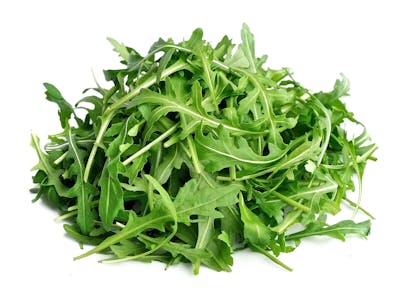

2.6 grams
1.5 grams
2 grams
42%
0.2
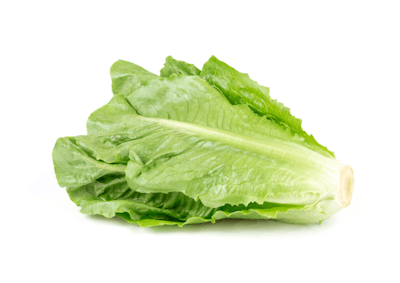

1.2 grams
2 grams
1 gram
40%
0.1
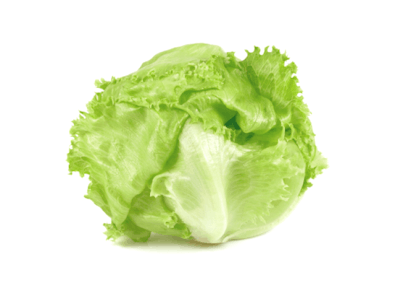

0.9 grams
1 gram
2 grams
28%
0.1
Cruciferous vegetables
Cruciferous, or Brassica, vegetables include broccoli, cauliflower, kale, cabbage, and Brussels sprouts. When chopped or cooked, these vegetables release compounds that have a familiar and strong sulfur aroma. Other cruciferous vegetables are less odorous, such as bok choy, radishes, turnip greens, and collard greens.
All Brassica vegetables are low in calories and carbs, making them a great choice for any diet. Even if you’re a strict keto eater, you can have a cup or more per day and stay well within your carb limit.
Cooking cruciferous vegetables enhances their taste and texture, especially if you add a little butter or creamy sauce, as we’ve done in our Keto cauliflower chicken Alfredo recipe.
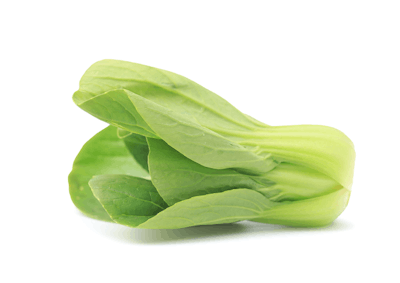

1.5 grams
1 gram
0.8 grams
56%
0.1
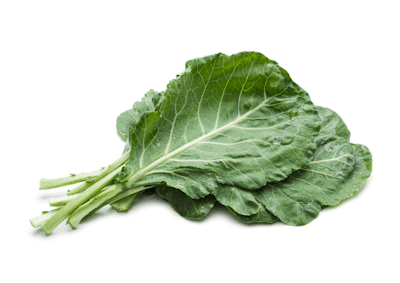

2.6 grams
1.5 grams
2 grams
45%
0.2
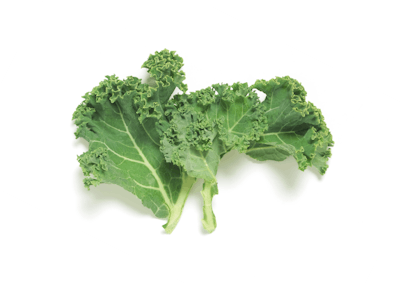

3 grams
2 grams
3 grams
43%
0.3
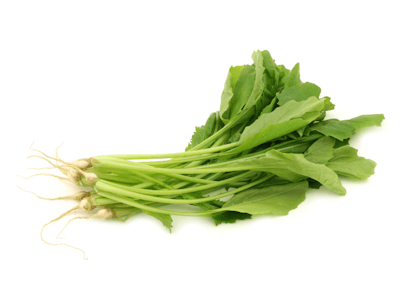

1 gram
3.5 grams
1 gram
40%
0.1
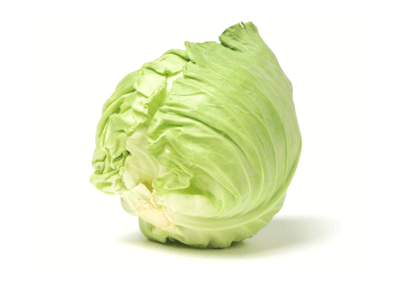

1.8 grams
2.8 grams
3 grams
38%
0.2


3.4 grams
4 grams
5 grams
38%
0.4


2 grams
2 grams
3 grams
36%
0.2
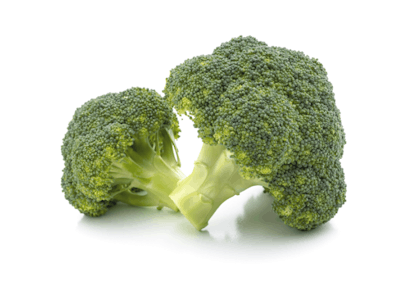

2.8 grams
2.6 grams
4 grams
36%
0.3
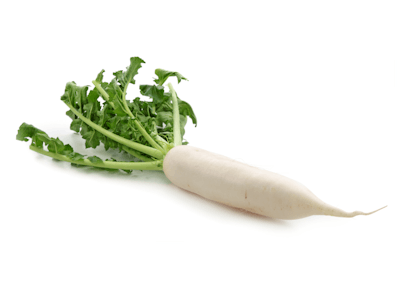

0.7 grams
1.6 grams
2 grams
23%
0.1
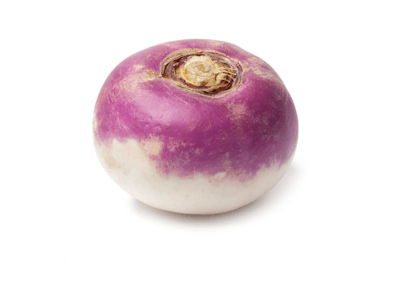

0.7 grams
2 grams
3 grams
19%
0.2

“Fruit” vegetables
The non-starchy vegetables in this group are technically low-sugar fruits. However, they are not sweet, and they’re often consumed in salads or cooked, like vegetables. So, most people consider them to be vegetables.
While they generally contain less protein per calorie than many leafy greens and cruciferous vegetables, these plants are still a great option for all types of diets due to their low carb and calorie counts.
Enjoy them cooked or raw, depending on your preferences. For example, cooked zucchini is featured in our Keto chicken zoodle al limone recipe, while raw tomatoes star in our Prosciutto-wrapped mozzarella sticks with tomato basil salad.


1.2 grams
1 gram
2 grams
30%
0.2


0.9 grams
1 gram
2.7 grams
23%
0.2
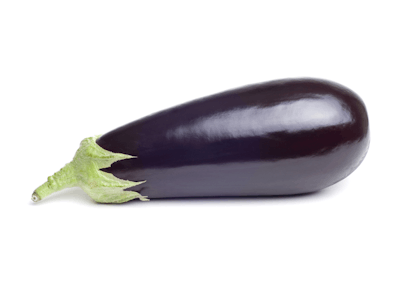

1 gram
3 grams
3 grams
22%
0.2
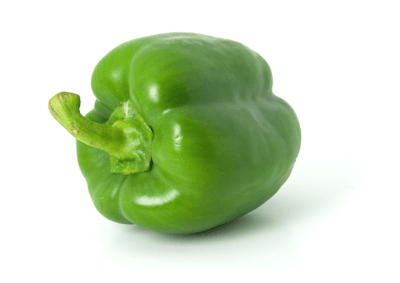

0.9 grams
2 gram
3 grams
20%
0.2
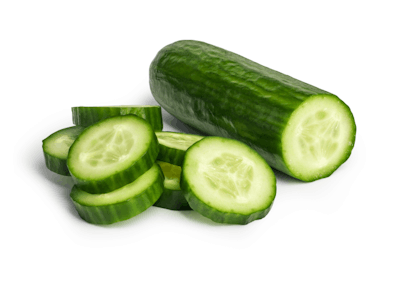

0.7 grams
0.5 gram
3.1 grams
18%
0.2
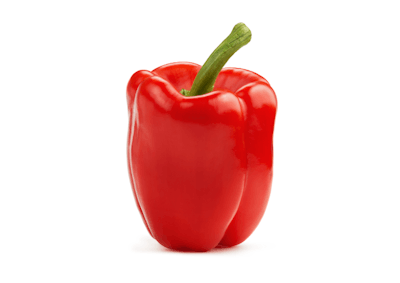

1 gram
2 grams
4 grams
17%
0.2
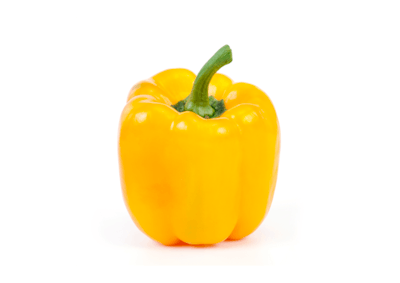

1 gram
1 gram
5 grams
15%
0.3
Other non-starchy vegetables
The vegetables on this list don’t belong to any specific category, but like other non-starchy vegetables, they’re low in calories and carbs yet rich in vitamins and minerals. Many of them have high protein percentages.
Mushrooms are technically not vegetables; they’re fungi. However, mushrooms are often grouped with vegetables because they share similar nutrition profiles.
What about English peas, or shelling peas? They aren’t included here because they are technically a legume and are considered a protein source rather than a vegetable.
Choose whichever vegetables you like from this group. Most should be cooked before you eat them, although mushrooms and celery can also be enjoyed raw. See our Hake fish in green sauce with wild asparagus and Keto chicken and mushroom casserole recipes for inspiration.
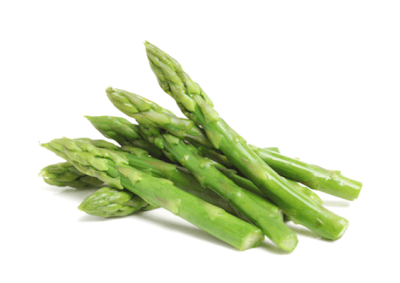

2.4 grams
2 gram
2 grams
53%
0.2
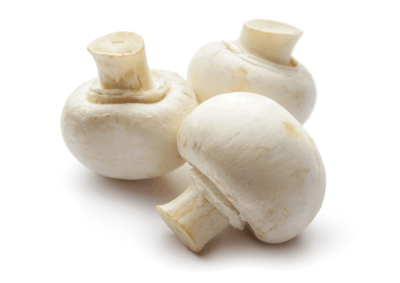

3 grams
1 gram
2 grams
52%
0.25
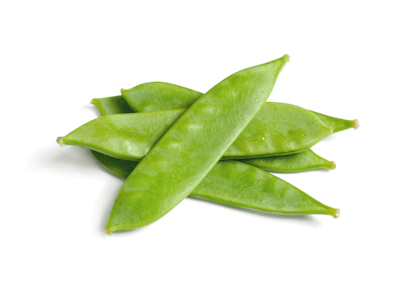

2.8 grams
2.5 gram
5 grams
34%
0.3
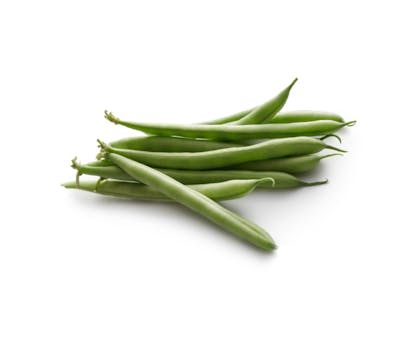

1.8 grams
3 gram
4 grams
31%
0.25
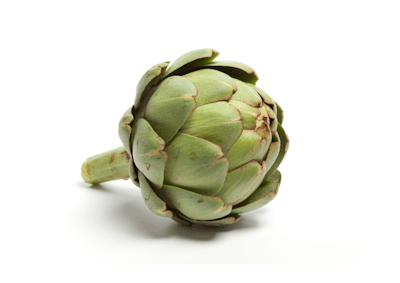

2.9 grams
6 grams
6 grams
30%
0.4
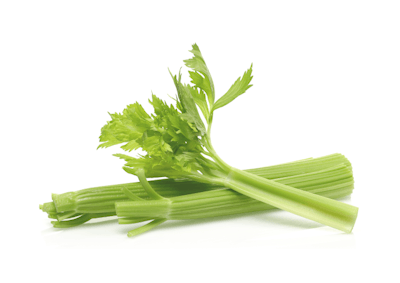

0.7 grams
1.5 grams
1.5 grams
28%
0.1


0.9 grams
1.8 grams
2.7 grams
23%
0.15
Starchy vegetables (mostly below ground)
Most starchy vegetables grow below the ground, including root vegetables like carrots, beets, onions, potatoes, and sweet potatoes. However, winter squash grows above the ground but is included in the starchy vegetable category due to its higher carb content.
Starchy vegetables have low energy densities because they contain very little fat and moderate amounts of water and fiber. However, their protein percentages are lower than non-starchy vegetables.
Should you include these vegetables in your weight loss diet? That depends on your dietary approach, your health goals – and the amount you eat. Learn more, below.
Root vegetables
Root vegetables are so named because they grow under the ground, like the roots of a tree.
Carb counts vary quite a bit among the vegetables in this group. If you eat a Mediterranean, vegetarian, or vegan diet, you may be able to enjoy a daily serving or two of any vegetables on this list.
However, on a keto or low-carb diet, you’ll need to eat small portions of these vegetables, if any at all. Make your favorite non-starchy vegetables your go-to’s.
Although carrots and onions can be eaten raw or cooked, most root vegetables require cooking prior to consumption. For a delicious seafood dish with a combination of root and non-starchy vegetables, try our Pan-fried cod with beet salad and brown butter.
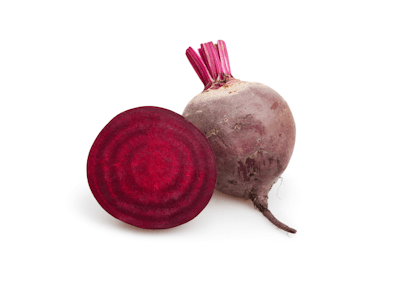

1.7 grams
2 gram
8 grams
17%
0.4
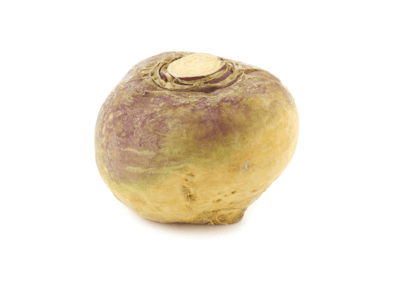

0.9 grams
1.8 grams
6 grams
14%
0.25


1 gram
2.8 grams
7 grams
12%
0.3


1 gram
1.5 grams
8 grams
12%
0.4
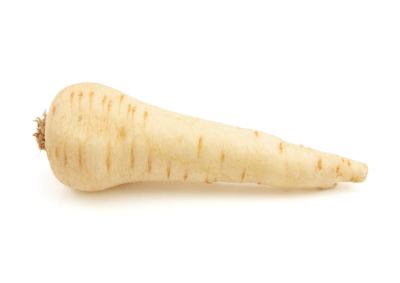

1.3 grams
4 grams
13 grams
9%
0.6
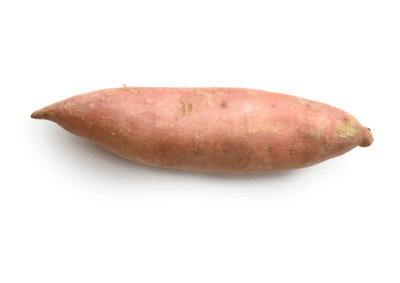

2 grams
3.5 grams
17 grams
10%
0.8
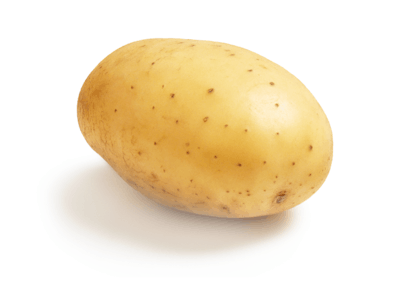

2 grams
2 grams
19 grams
10%
0.9
Winter squash
As mentioned above, winter squash grows above the ground but is included in the starchy vegetable category. By contrast, zucchini, a summer squash, is considered a non-starchy vegetable.
Some types of winter squash, such as pumpkin and spaghetti squash, are lower in net carbs than many root vegetables. Therefore, if you eat a keto or low-carb diet, you can probably enjoy a small portion of most winter squash. If you follow a Mediterranean or plant-based approach, you can eat winter squash in larger amounts.
Like root vegetables, winter squash should be thoroughly cooked before it’s consumed. For a hearty recipe featuring squash, try our Keto harvest pumpkin and sausage soup.


1.1 grams
3 grams
5 grams
17%
0.25
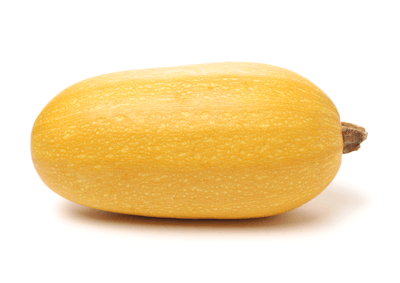

0.7 grams
1.5 grams
5 grams
10%
0.3
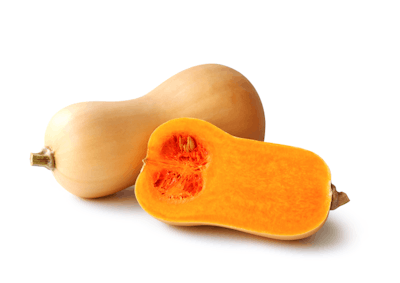

0.9 grams
3 grams
7 grams
12%
0.3
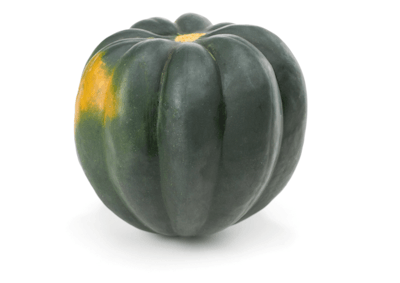

1.1 grams
4.4 grams
10 grams
10%
0.5

Healthy weight loss recipes featuring vegetables
As mentioned earlier, combining your favorite vegetables with protein is a smart move for healthy weight loss. And, adding a bit of fat can improve the flavor and texture of your meal. Check out some of our popular entree recipes featuring vegetables:
Summary
Vegetables can play an important role in healthy weight loss by providing nutrients and short-term satiety for very few calories. They add flavor, texture, and variety to your meals, too.
You can enjoy many vegetables in generous amounts on all kinds of diets. Choose the types you like to eat that are also a good fit for your dietary approach and health goals. Also, make sure to combine vegetables with a good protein source, such as meat, seafood, eggs, dairy, beans, or tofu.
The best vegetables for healthy weight loss - the evidence
This guide is written by Franziska Spritzler, RD and was last updated on June 19, 2025. It was medically reviewed by Dr. Bret Scher, MD on October 29, 2021.
The guide contains scientific references. You can find these in the notes throughout the text, and click the links to read the peer-reviewed scientific papers. When appropriate we include a grading of the strength of the evidence, with a link to our policy on this. Our evidence-based guides are updated at least once per year to reflect and reference the latest science on the topic.
All our evidence-based health guides are written or reviewed by medical doctors who are experts on the topic. To stay unbiased we show no ads, sell no physical products, and take no money from the industry. We're fully funded by the people, via an optional membership. Most information at Diet Doctor is free forever.
Read more about our policies and work with evidence-based guides, nutritional controversies, our editorial team, and our medical review board.
Should you find any inaccuracy in this guide, please email andreas@dietdoctor.com.
Essential nutrients are vital to health and must be obtained from your diet because your body can’t make them on its own. ↩
Muscle, hormones, enzymes, and other structures in your body are made up of 20 amino acids, the building blocks of protein. Every day, old proteins are broken down. Although most are recycled, a portion needs to be replenished with new amino acids, nine of which are essential, meaning your body can’t make them. These nine amino acids must come from protein in your diet:
International Journal for Vitamin and Nutrition Research 2011: Protein turnover, ureagenesis and gluconeogenesis [overview article; ungraded] ↩
Journal of the American College of Nutrition 2004: The effects of high protein diets on thermogenesis, satiety and weight loss: a critical review [systematic review of randomized trials; strong evidence]
Nutrition Reviews 2016: Effects of dietary protein intake on body composition changes after weight loss in older adults: a systematic review and meta-analysis [systematic review of randomized trials; strong evidence]
The American Journal of Clinical Nutrition 2013:Contribution of gastroenteropancreatic appetite hormones to protein-induced satiety [randomized trial; moderate evidence] Nutrients 2018:Satiating effect of high protein diets on resistance-trained subjects in energy deficit [randomized trial; moderate evidence] ↩Fiber isn’t included in the calorie count because it’s generally accepted that humans don’t produce the enzymes needed to break down fiber:
Gut Microbes 2017: Dietary fiber and prebiotics and the gastrointestinal microbiota [overview article; ungraded]
Instead, fiber passes through your system until it reaches your colon, where it is either fermented by bacteria or eliminated, depending on the type:
International Journal of Molecular Sciences 2017: Gut fermentation of dietary fibres: physico-chemistry of plant cell walls and implications for health [overview article; ungraded] ↩
Although vegetables contain essential amino acids, they provide only small amounts of one or more of them.
In one study, researchers found that spinach contained all nine essential amino acids, although methionine was only present in small amounts:
Food Chemistry 2011: Amino acid profile of raw and as-eaten products of spinach (Spinacia oleracea L.) [laboratory study; ungraded]
In an older study, cauliflower was found to be high in five of the nine essential amino acids, while carrots were found to be low in all of the essential amino acids:
The Journal of Nutrition 1949: The essential amino acid content of several vegetables [laboratory study; ungraded] ↩
In short-term trials, overweight and lean women ended up eating fewer calories when they were allowed as much food as they wanted at low-energy-density meals compared to high-energy-density meals – even though they reported having similar hunger and fullness levels after all meals:
The American Journal of Clinical Nutrition 1998:Energy density of foods affects energy intake in normal-weight women [randomized trial; moderate evidence]
In a one-year trial, overweight women who cut back on fat and increased the amount of foods with low energy density in their diet lost more weight than women who simply cut back on fat, even though both groups were allowed to eat as much as they wanted:
The American Journal of Clinical Nutrition 2007:Dietary energy density in the treatment of obesity: a year-long trial comparing 2 weight-loss diets [randomized trial; moderate evidence]
In a small study of 10 overweight and 10 normal weight adults, on average, participants took in only half as many calories when they ate mostly low-energy density foods (vegetables, dried beans, fruits, and lean meats) compared to mostly foods with high energy density (fattier meats and sweets) for five days:
The American Journal of Clinical Nutrition 2001:Energy density of foods affects energy intake across multiple levels of fat content in lean and obese women [randomized trial; moderate evidence] ↩
Foods contain both soluble and insoluble fiber. The majority of dietary fiber is insoluble fiber, which provides zero calories per gram. Soluble fiber is believed to provide roughly 1.5 to 2 calories per gram as a result of being fermented into short-chain fatty acids in the colon::
Journal of Nutrition and Metabolism 2019: The role of fiber in energy balance [overview article; ungraded] ↩
Obesity Reviews 2011: Effects of dietary fibre on subjective appetite, energy intake and body weight: a systematic review of randomized controlled trials [strong evidence]
International Journal of Obesity 2014: Satiety and energy intake after single and repeated exposure to gel-forming dietary fiber: post-ingestive effects [randomized trial; moderate evidence] Nutrition 2018: A nonrestrictive, weight loss diet focused on fiber and lean protein increase [non-controlled study; weak evidence]The Journal of Nutrition 1997: Dietary fiber decreases the metabolizable energy content and nutrient digestibility of mixed diets fed to humans [randomized trial; moderate evidence] ↩PLoS One 2015: Dietary intervention for overweight and obese adults: Comparison of low-carbohydrate and low-fat diets. A meta-analysis [systematic review of randomized trials; strong evidence]
Obesity Reviews 2016: Impact of low‐carbohydrate diet on body composition: meta‐analysis of randomized controlled studies [strong evidence] ↩
Journal of the Academy of Nutrition and Dietetics 2015: Lifestyle weight-loss intervention outcomes in overweight and obese adults with type 2 diabetes: a systematic review and meta-analysis of randomized clinical trials [strong evidence] ↩
Diabetes, Obesity & Metabolism 2010: A low carbohydrate Mediterranean diet improves cardiovascular risk factors and diabetes control among overweight patients with type 2 diabetes mellitus: a 1-year prospective randomized intervention study [randomized trial; moderate evidence] ↩
Journal of General Internal Medicine 2016: Vegetarian diets and weight reduction: a meta-analysis of randomized controlled trials [strong evidence]
Diabetes, Metabolic Syndrome and Obesity 2020: Effects of plant-based diets on weight status: A systematic review [strong evidence] ↩
Of the three macronutrients – carbs, protein, and fat – carbs raise blood sugar the most, especially in people who have diabetes:
Diabetes Care 2004: Dietary carbohydrate (amount and type) in the prevention and management of diabetes [overview article; ungraded]
For this reason, American Diabetes Association states that regardless of the type of diet you follow, reducing carbohydrate intake improves blood sugar control:
Diabetes Care 2019: Nutrition therapy for adults with diabetes or prediabetes: a consensus report [report; ungraded] ↩
Net carbs = total carbs minus fiber. ↩
We obtained nutrition information from FoodData Central, the USDA’s nutrient profile database. ↩
Radishes and turnips are non-starchy root vegetables that grow below the ground. White asparagus, leeks, fennel bulbs, and a few other non-starchy vegetables have earth covering them in the cultivation process to keep them white and tender. ↩
In one study, people who ate a large portion of spinach at lunch felt significantly fuller than when they ate a calorie-matched lunch without spinach. The researchers attributed the increased satiety to the high fiber and water content of the meal that contained spinach:
International Journal of Food Sciences and Nutrition 1995: Satiety effects of spinach in mixed meals: comparison with other vegetables [non-controlled study; weak evidence] ↩
Although their taste and texture differ slightly, snap peas and snow peas have identical nutrition profiles. ↩



